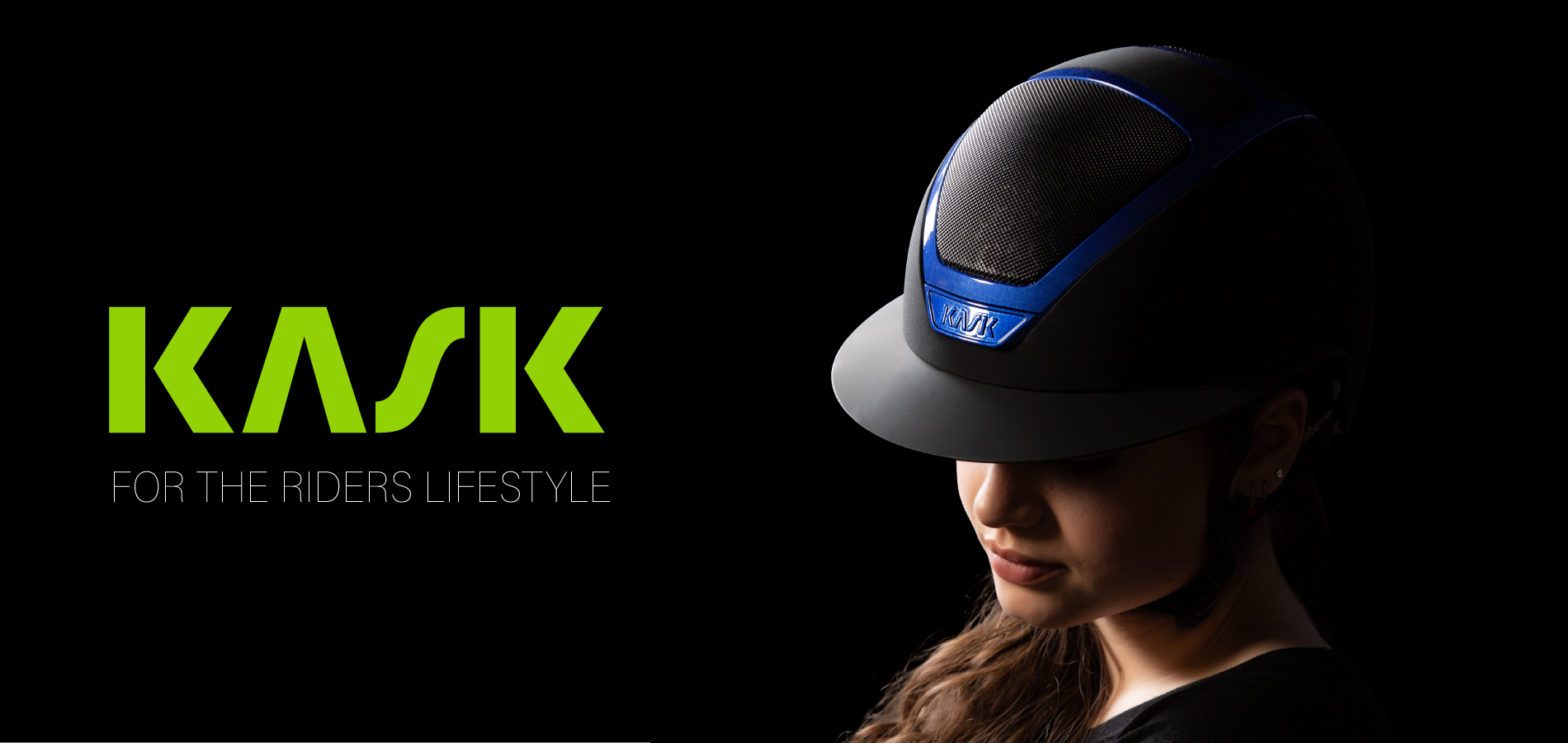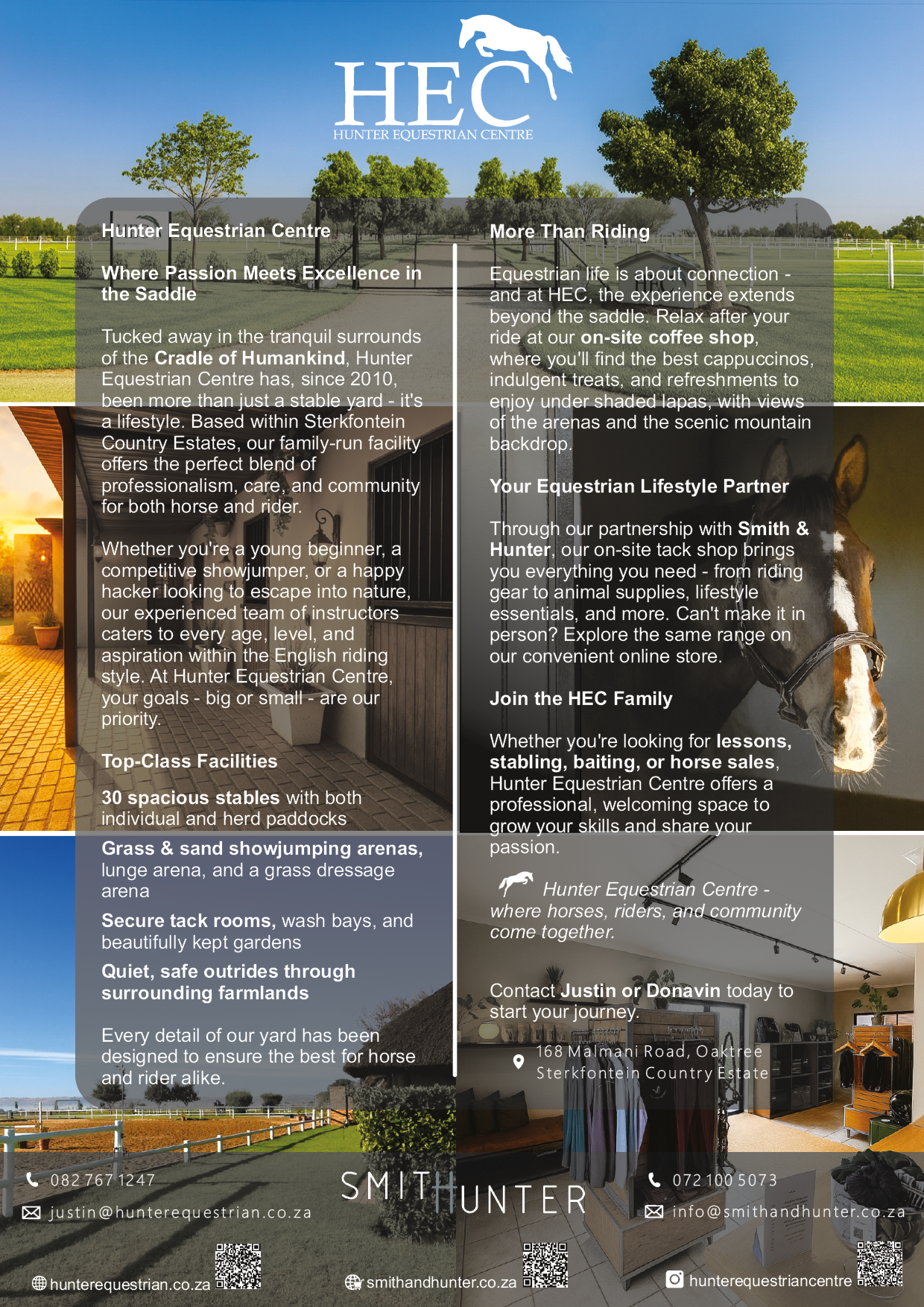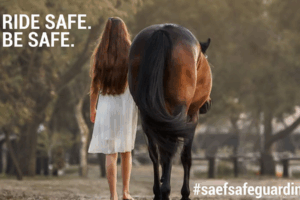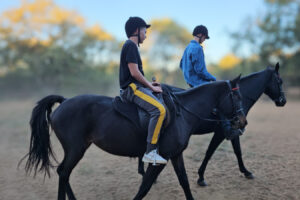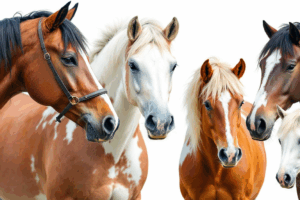Because skipping the basics is why horses lose balance, riders lose feel, and partnerships lose harmony
By Charlene Carroll
Every rider dreams of a horse that feels light, balanced, and responsive beneath them. Whether your ambitions lie in the dressage arena or the showjumping ring, the truth is the same: a horse can only perform to the best of its ability if it is trained correctly.
Too often, we see horses rushing, unbalanced, or resistant. Not because they lack talent, but because the foundations of their training were never fully established.
This is where the scales of training come in. Rooted in classical German horsemanship, the scales offer a logical, step-by-step system that has guided Olympic champions and everyday riders alike. They provide a framework that goes far beyond the discipline labels we sometimes attach to our sport.
At their heart, they are about building horses who are sound in both body and mind, and about helping riders to ride more effectively.
Where the scales come from
The origins of the training scale are often traced back to the German cavalry schools of the early 20th century. Military horses needed to be rideable, reliable, and resilient under pressure, all qualities that remain just as relevant for modern sport horses. Over time, the principles were codified by the German National Equestrian Federation (FN) into the six progressive stages we now recognise: rhythm, suppleness, contact, impulsion, straightness, and collection.
These scales have become the cornerstone of classical dressage training, but their influence is much broader. Showjumping, eventing, and even hacking at home. Any rider who wants a horse that moves freely, responds willingly, and carries itself with ease will benefit from applying the same structure.
Why the scales matter
Horses, like people, learn best when lessons are introduced in the right order. Asking for collection before rhythm, or expecting straightness before suppleness, is like trying to build a house before laying the foundations. Each scale supports the next, creating a training pyramid that builds strength, confidence, and partnership step by step.
For the rider, the scales act as a roadmap. Instead of guessing why your horse feels heavy, hollow, or crooked, you can work back through the scales and identify what is missing. Are you lacking rhythm? Is the contact unsteady? By returning to the basics, the solutions often become clear.
The six scales explained
Rhythm
The journey begins with rhythm, the regularity of the beat in each gait. Walk should have four clear beats, trot two, and canter three, with each step consistent and unhurried. Without rhythm, nothing else can be established. A horse that rushes or slows unpredictably cannot learn to balance, nor can the rider give effective aids. Rhythm is the metronome of training, the heartbeat of every successful ride.
Suppleness
Once rhythm is established, suppleness follows. This refers to the horse’s relaxation and ability to move without tension, both laterally (side to side) and longitudinally (over the topline). A supple horse works with elastic, swinging steps, bending equally to both sides and responding softly to the rider’s aids. Suppleness is as much mental as physical; it reflects a horse that trusts its rider and is free from resistance.
Contact
With rhythm and suppleness in place, we introduce contact. The connection between the rider’s hands and the horse’s mouth through the reins. True contact is not about pulling or holding; it is about steady, elastic communication. The horse accepts the bit quietly, the poll remains the highest point, and the reins carry a soft, consistent feel. Correct contact provides the channel through which the rider can influence balance and straightness.
Impulsion
Impulsion is often misunderstood as speed, but in fact, it is about energy and power. It is the controlled, forward thrust generated from the hindquarters, always balanced by rhythm and contact. A horse with impulsion steps actively, pushing from behind without rushing. This energy creates the conditions for elevation in movement. Whether in an expressive dressage trot or the scope needed to clear a big oxer.
Straightness
As training develops, straightness becomes possible. A straight horse is one whose hind legs track in line with its front legs, whether on a straight line or a circle. Crookedness wastes energy and increases the risk of injury, while straightness allows the power generated behind to travel directly forward. Importantly, straightness also makes the rider’s aids clearer; a horse travelling straight will find it easier to respond accurately.
Collection
At the top of the training scale is collection. The ultimate expression of balance and harmony. In collection the horse carries more weight on its hindquarters, freeing the forehand and enabling lightness, agility, and advanced movements. For a showjumper, this means tighter turns and quicker reflexes; for a dressage rider, it means piaffe, pirouettes, and passage. But even for everyday riders, collection represents the reward of correct training: a horse who moves with grace, strength, and ease.
How the scales work together
Although the scales are presented as steps, they are not rigidly linear. Riders will often move back and forth between them. A lapse in rhythm may need to be corrected before impulsion can be improved. A stiff day might require extra work on suppleness before straightness can be addressed. The pyramid is progressive, but also flexible and adaptable to the needs of the horse on any given day.
Michael Eilberg, international dressage rider, once explained the scales as “building blocks for the horse’s body and mind”. Just as an athlete cannot train for peak performance without conditioning, balance, and strength, so too must our horses be developed with patience and order.
Beyond dressage
It is tempting to think of the training scale as purely a dressage tool, but that would be missing the point. Showjumpers, eventers, and endurance riders all benefit from horses that are rhythmic, supple, and straight. A showjumper without rhythm will chip into fences; one without straightness will drift past a jump. An eventer lacking suppleness will struggle with tight turns and maintaining balance on cross-country courses.
Even for riders who simply want safe, enjoyable hacks, the scales make sense. A horse that understands rhythm, contact, and straightness is easier to control, more comfortable to ride, and less likely to develop injuries.
Riding with purpose
The scales of training remind us that good riding is about more than getting the job done. It is about developing a partnership that is enjoyable for both horse and rider and about setting the stage for long-term soundness and success.
Every time we step into the saddle, we have a choice: to ride aimlessly or to ride with purpose. The scales provide that purpose. They help us train not just harder, but smarter. And in doing so, they ensure that the horses we love are given the chance to shine. No matter which arena we choose to enter.



